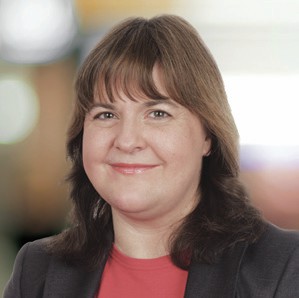From The Editor

Follow the Editor on Twitter @LifeWorkEditor
NEXT month Glasgow is set to host the delayed UN-sponsored COP26 (originally due to take place in 2020).
The hosting of this prestigious event places climate change and the stewardship of the earth’s resources firmly on the agenda, not just for our churches but as a personal responsibility for all.
As we grapple with internal change and consider the future of our church buildings, it is essential that sustainability is entrenched firmly within these plans. This is not just about sustainability of numbers and worship, but should also be looking at futureproofing the fabric of our buildings.
The summer of 2021 was exceptionally warm in Scotland. There were warnings of potential water shortages with tankers used to bring additional supplies to areas experiencing exceptional demand.
Consumers were also asked to try and be sensible with their consumption and usage to try and reduce the risk of restrictions.
In considering the sustainability of our churches, there is a pressing need to consider the long-term viability of buildings. As the Church seeks to take a moral stand on its investments there needs to be a long-term strategy incorporating a move towards renewable energy for heat, light and power in all church buildings. This should be part of a long-term plan to rely on resources which are not damaging to the earth and create changes which are felt not by those of us living a life of comfort but rather by the poorest people of the world, relying on consistent weather patterns and crops to sustain their lives.
Equally such moves present issues in particular for rural Scotland. The usage of electric cars or public transport may be viable within an urban context but move out into the more remote parts of Scotland and there are major challenges both in frequency and in charging points – and in weather and daylight patterns. Solar panels may be of huge benefit in southern Scotland but in the northern isles may be problematic over dark winter months. Wind and wave power may be helpful in a coastal and island context but may not be sufficient for busy urban inland buildings.
In considering the sustainability of our churches, there is a pressing need to consider the long-term viability of buildings.
There are no easy answers, but these are some of the big issues which are important for long-term sustainability.
As many (but not all) celebrate the season of harvest, the stewardship of the earth and the diverse use of natural resources to minimise the impact on the poorest people inhabiting our earth should be at the forefront of all debate on long-term planning. ¤
Lynne McNeil Editor